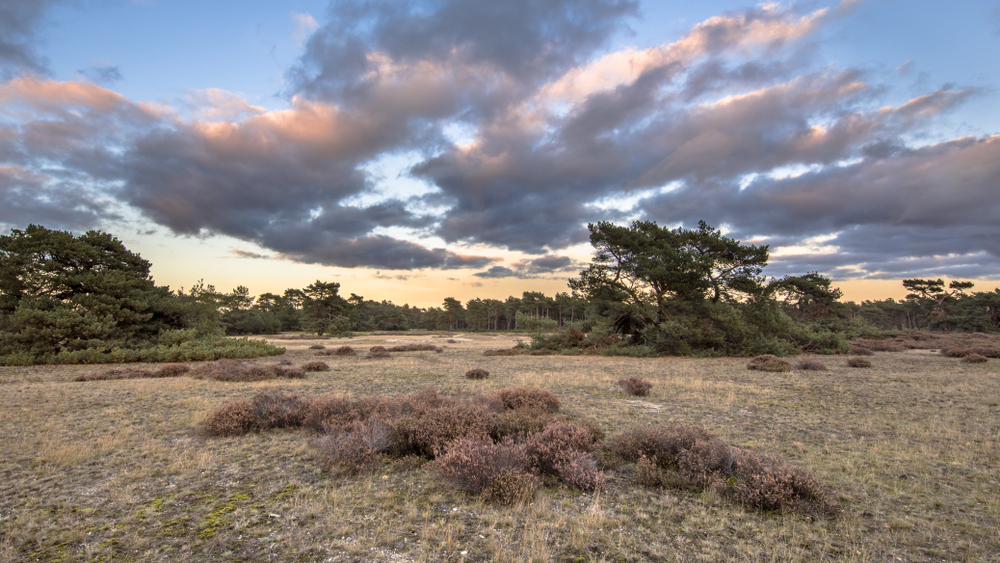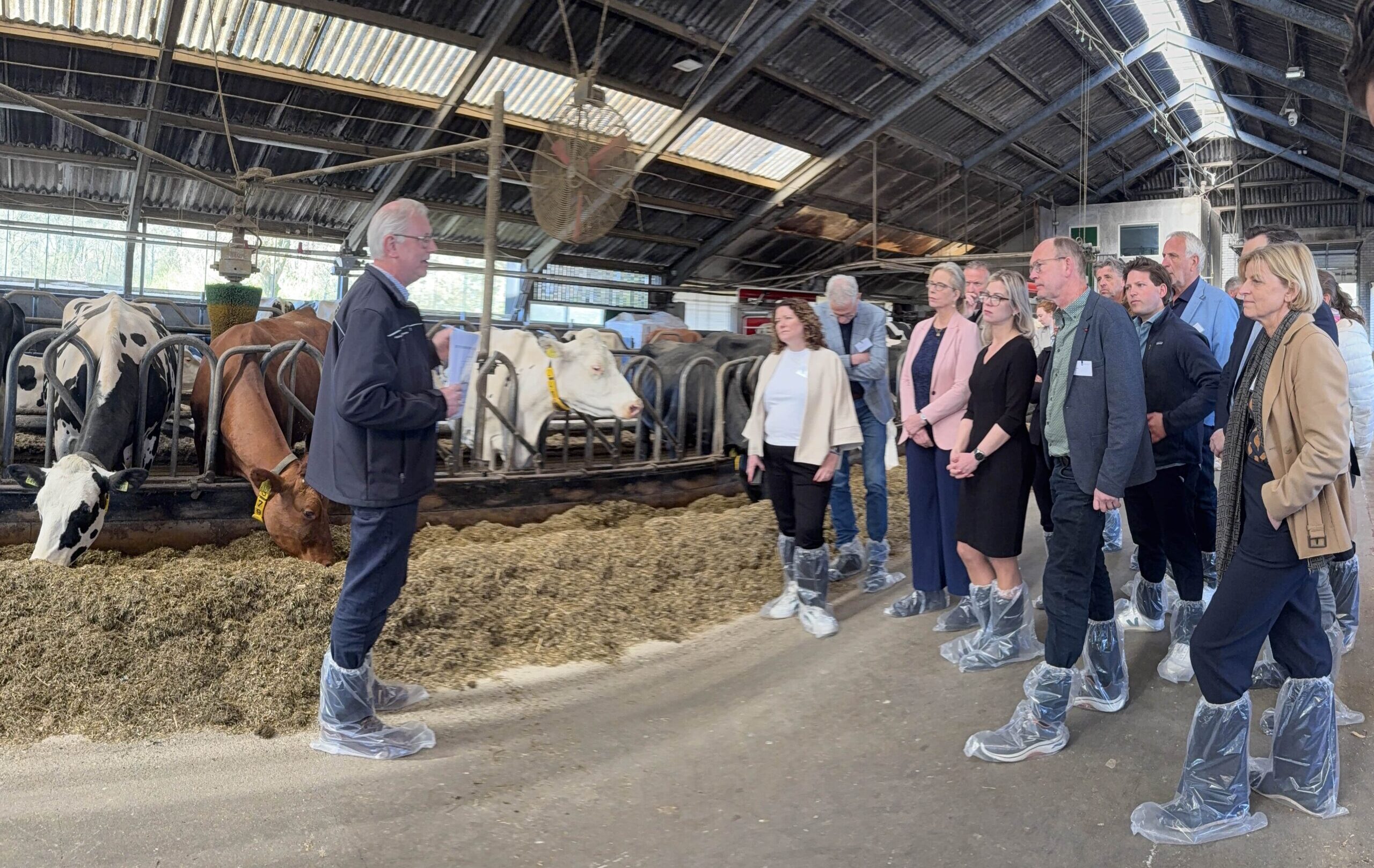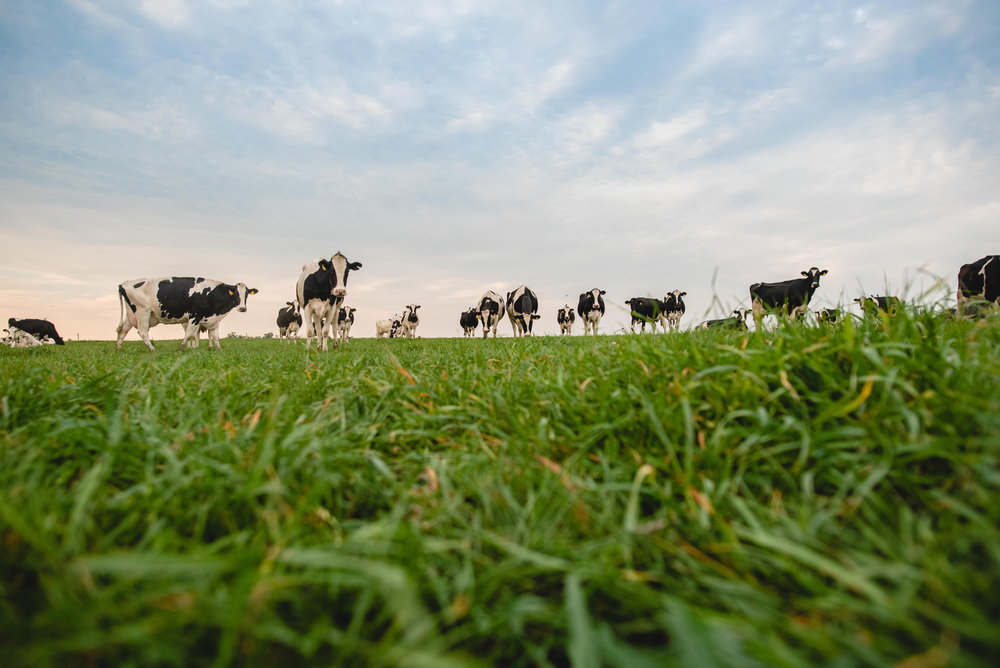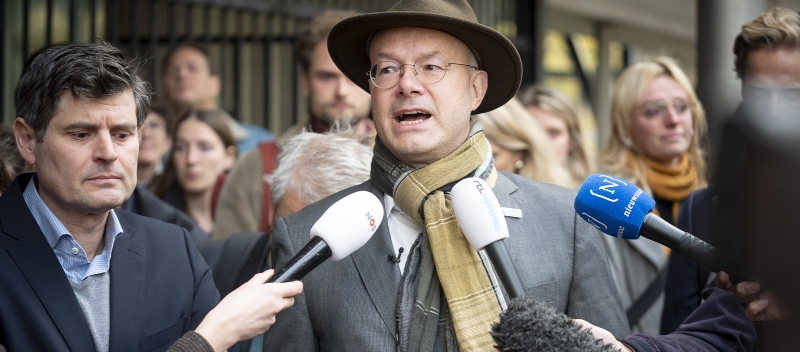The Netherlands is well off course, but still, the state must heed the legally binding nitrogen goals before 2030. Thus ruled the judge this Wednesday in a controversial suit initiated by Greenpeace.
1. This verdict is more than a mere slap on the wrist. Is this a box on the ears?
Edwin Alblas, assistant professor of Environmental Law: ‘Yes, that about sums it up. The judge intervened because the government was not making sufficient effort to reduce nitrogen emissions. In failing to do so, the state is in violation of European and national nature conservation regulations. The government must really step up to reduce nitrogen emissions and adhere to the stipulations in the law, which says that 50 per cent of nitrogen-sensitive soils must be brought below the so-called critical deposition values by 2030.
2. And with haste, right? The verdict specified that the state must implement it immediately and cannot await the outcome of an appeal.
‘Indeed. Perhaps the judge took the fact that administrations sometimes wait to act upon a verdict until all appeal options have been exhausted into account. The Urgenda verdict, which determined that the government must speed up its CO2 reduction, should also have come into effect immediately, but the government stalled for years until the highest judge ruled on the case.’
3. The judge has also imposed a fine. Is this exceptional?
‘The court can impose a fine but rarely ever does so as a constitutional courtesy. The government is expected to respect the judge’s authority and always comply with the verdict. The fact that a fine of ten million euros, should the government fail to meet the 2030 goal, has now been set shows that the judge is not convinced of the government’s will to address this issue. The fine serves as a “big stick”.
4. What also stands out is that the verdict states that it is not up to the judge to ‘prescribe political choices, but to assess whether the government has stayed within the limits of the law’.
‘This court clearly values explaining its role, a lesson in democratic rule of law, if you will. If judges ensure governments stick to the rules, they are often criticised for taking on the role of politicians. But that is not the case. The government must abide by the law, just as citizens and businesses must. And the judge ensures they do.’
5. Finally, the court expressly referred to Wageningen’s research. Is that a feather in our cap?
‘The verdict is based on a broad range of scientific data. On one hand, this case demonstrates that the methods are not perfect yet. Linking nitrogen deposition to a specific emitter is almost impossible. On the other hand, it also shows what we do know, partly thanks to Wageningen researchers. I consider this a great and valuable challenge for WUR colleagues to keep searching for effective ways to recover nature across disciplines and to work towards a sustainable future with farmers.’

 The judge also ruled that reducing nitrogen deposition in vulnerable nature areas, such as the Veluwe, must be prioritised. Photo Shutterstock
The judge also ruled that reducing nitrogen deposition in vulnerable nature areas, such as the Veluwe, must be prioritised. Photo Shutterstock 

